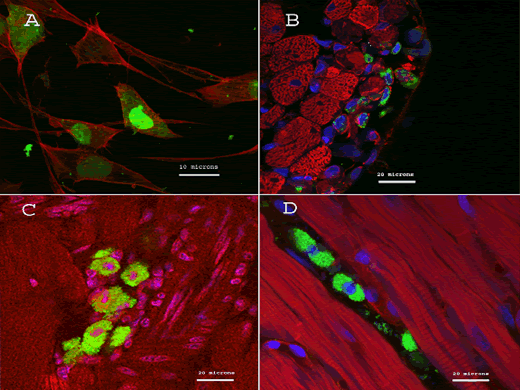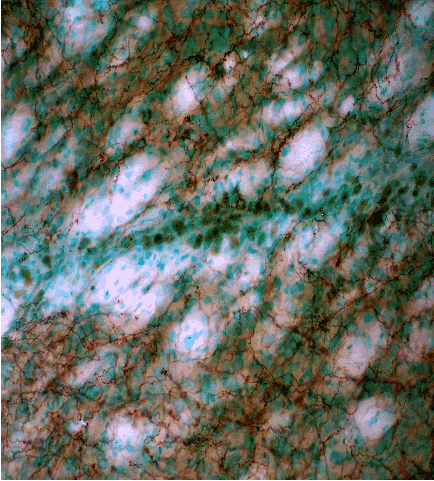Cell-Based Therapies
With the ability to isolate millions of BLSCs from an individual's tissues, Moraga will use these adult stem cells to repair and regenerate damaged and diseased tissues. In conjunction with the Company's stem cell banking service, the banked BLSCs can be re-implanted into the damaged tissue site of an individual in which the cells will remodel the tissue back to normal. Similar to a bone marrow transplant of an individual's own stem cells, this procedure is called autologous cell-based therapy.
In order to optimize the regeneration process and prevent scarring of the tissues, there is a window between 72 hrs - 96 hrs to implant these stem cells at the damaged tissue site. Since harvesting and purification of BLSCs takes one week to ten days---although it is a simple but time consuming process---a prospective patient will need to bank their stem cells in order to have them available at a critical time when one can receive a maximum benefit from the implanted cells.
For example, the below photomicrograph shows adult stem cells implanted into a rat heart after the animal had been experimentally induced with a heart attack (blood supply to the heart was blocked). The blue nuclei are stem cells with a transfected LacZ gene, which ultimately in panel D have converted into heart muscle. Therefore, a patient suffering a heart attack, would receive an injection of their banked stem cells, where the cells would differentiate into heart muscle and remodel the damaged heart tissue back to its native state. The heart was frozen to induce ischemia. The green nuclei are stem cells with a transfected LacZ gene, which ultimately incorporated into regenerating vasculature (panel B), the myocardium (panel C), and the connective tissues (panel D) [The blue entities are DAPI stained nuclei].

In another set of experiments, the Company's scientists injected a drug into a rat's brain, which depletes those neurons producing dopamine. The loss of dopamine-producing neurons experimentally produces Parkinson's disease. In the below photomicrograph, injected naive BLSCs had differentiated into dopamine-producing neurons (brown staining cells) in the area of the brain that had previously been depleted by the drug. These results give promise for using the Company's stem cells for treating patients with Parkinson's disease. This procedure will also be used to remodel the damaged brain tissue in those patients who had just suffered a stroke.

